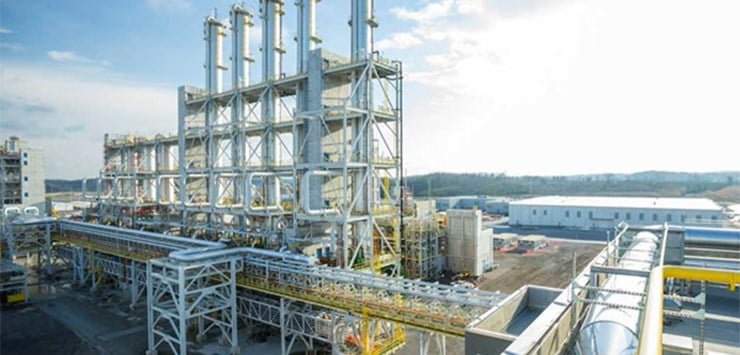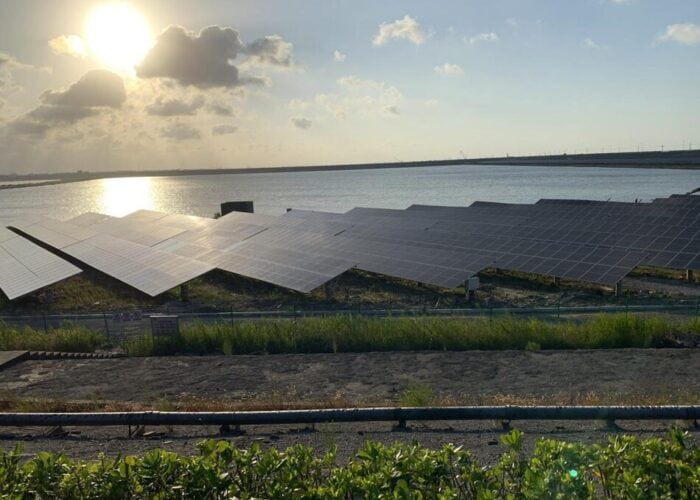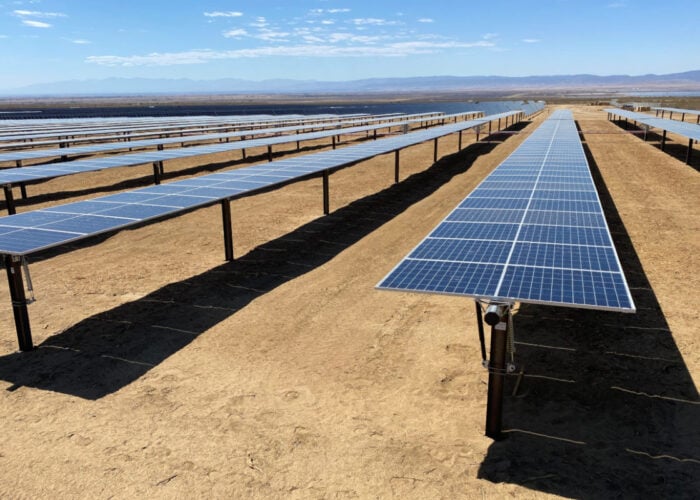
Major polysilicon producer Wacker Chemie has directly blamed the Chinese governments support of its domestic polysilicon manufacturers for the need to make a major write-down of its polysilicon production facilities in Germany and the US with a massive €750 million impairment charge in its FY 2019.
Wacker cited several related reasons for the impairment charge, all focused on the Chinese governments well known strategy to become self-sufficient in both solar grade and semiconductor grade polysilicon production, which has led to significant capacity expansions of new hyper-pure, leading-edge polysilicon plants that have also significantly reduced the manufacturing costs of polysilicon to record lows.
Unlock unlimited access for 12 whole months of distinctive global analysis
Photovoltaics International is now included.
- Regular insight and analysis of the industry’s biggest developments
- In-depth interviews with the industry’s leading figures
- Unlimited digital access to the PV Tech Power journal catalogue
- Unlimited digital access to the Photovoltaics International journal catalogue
- Access to more than 1,000 technical papers
- Discounts on Solar Media’s portfolio of events, in-person and virtual
Or continue reading this article for free
However, Wacker chose to highlight claims that overcapacity of polysilicon had been created by Chinese polysilicon producers, which had meant polysilicon prices had not recovered from record lows.
Wacker also added blame for the lack of a demand pick-up for imported polysilicon into China that it expected in the second half of the year, due to weak official PV installation figures.
“The expected solar-market recovery has not yet materialized and prices are still very low for polysilicon used in photovoltaic applications,” said Wacker Chemie’s CFO, Tobias Ohler. “At the same time, we only have limited visibility at present of how the market will develop. That is chiefly because China's construction of new solar installations falls short of initial expectations. An additional burden is the high polysilicon overcapacity in China. The Chinese government is subsidizing this expansion not only with loans and incentives, but also by providing polysilicon producers there with coal-generated electricity at extremely favorable prices. We have adjusted our projections for the coming year accordingly.”
Wacker did not mention that it had kept its German-based polysilicon plants running at full-utilisation rates and therefore lowest production costs through 2019, also bringing its US plant back into volume production after a major explosion.
The company had followed a strategy of stockpiling polysilicon at the lowest possible production cost to take advantage of its expected upturn in China market demand and selling prices in the second half of the year.
However, polysilicon prices remain at record low levels in the fourth quarter of 2019.
Major polysilicon producers in China have continued to increase revenue through most of 2019, as new capacity came online, much at the higher semiconductor grade levels, reducing the demand for overseas high-purity polysilicon. However, profit margins have declined.
Demand in China for high-purity polysilicon has come from a major shift in the PV industry to adopt p-type monocrystalline wafers and PERC (Passivated Emitter Rear Cell) technology, as well as growing demand for n-type monocrystalline wafers that boost cell and module conversion efficiencies, lowering production costs. This is happening at a time when major wafer producers are rapidly shifting mono wafer production to increasingly larger wafer sizes, further lowering the cost per-watt.
Major consumers of polysilicon include the largest solar wafer producers such as LONGi Green Energy and GCL-POLY and major 'Solar Module Super League' (SMSL) members such as JinkoSolar and JA Solar, which have increased polysilicon supply deals with Chinese producers in the last two years.
“We are continuing to work hard to reduce our costs and are keeping our focus on polysilicon for semiconductor applications and on high-quality material for monocrystalline solar cells,” added Ohler.
Wacker noted that taking the impairment charge would not only impact the value of property, plant and equipment on its balance sheet, but also Group EBIT and that of its polysilicon division, including net results for the year. Cash flow would not be unaffected by the write-down, according to the company.







